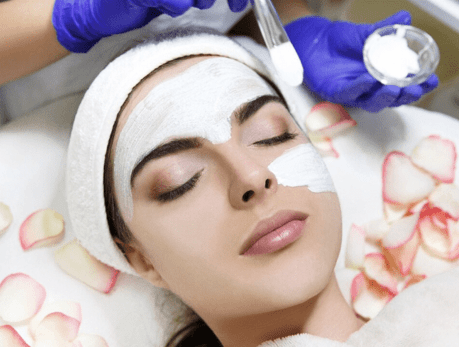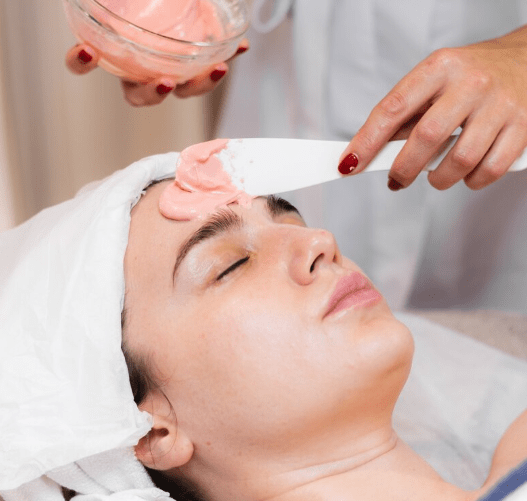When it comes to successful post-surgery recovery, nutrition is just as crucial as medical treatment. Korean medical centers recognize the vital role that diet plays in healing and have developed personalized, science-backed nutrition and meal plans to support optimal recovery. These plans are especially popular among international patients who come to Korea for surgery and expect holistic, high-quality aftercare.
Why Nutrition Matters in Post-Surgical Healing
After surgery, the body needs to rebuild tissues, manage inflammation, support immune function, and restore energy levels. Nutritional deficiencies can slow recovery, increase infection risks, and delay wound healing. That’s why Korean recovery programs emphasize nutritional therapy as an essential part of patient care.
Key Features of Nutrition Plans in Korean Medical Centers
1. Customized Meal Plans Based on Surgery Type
Different procedures require different nutritional strategies. For example:
- Cosmetic surgeries like facelifts or liposuction focus on skin health, hydration, and collagen synthesis.
- Orthopedic or spinal surgeries prioritize bone healing, muscle repair, and inflammation reduction.
- Digestive or bariatric surgeries involve carefully phased diets to avoid complications and support nutrient absorption.
Korean dietitians design tailored meal plans that align with the surgical type, recovery phase, and each patient’s medical history.
2. Anti-Inflammatory and Healing-Friendly Ingredients
Typical post-op meals in Korea feature:
- Bone broth soups (rich in collagen and amino acids)
- Steamed fish or tofu (easy-to-digest protein sources)
- Seasonal vegetables (anti-inflammatory and high in antioxidants)
- Fermented foods like kimchi and yogurt (for gut health and immunity)
- Multigrain rice or porridge (for energy without bloating)
These meals are often cooked in low oil, low sodium, and no artificial additives, supporting gentle digestion and detoxification.
3. Phased Diet Progression
Recovery diets often follow a gradual phase approach:
- Clear liquids (water, broths, herbal teas) right after surgery
- Soft foods (porridge, steamed eggs, mashed vegetables) after the first 1–3 days
- Balanced solid meals once digestion and appetite stabilize
This progression helps avoid nausea, bloating, or GI complications while providing adequate nutrition step-by-step.
4. Focus on Hydration and Electrolyte Balance
Korean recovery centers provide:
- Electrolyte-infused drinks
- Detox herbal teas
- Water-rich fruits and soups
This supports faster elimination of anesthesia residues, minimizes swelling, and ensures proper hydration for skin and tissue repair.
5. Use of Traditional Korean Medicinal Foods (한방식단)
Many centers integrate Traditional Korean Medicine (TKM) dietary elements:
- Ginseng chicken soup (samgyetang) to boost energy (qi)
- Red dates, goji berries, and medicinal herbs to strengthen immunity
- Barley tea or mugwort soup to enhance liver detox and reduce inflammation
These foods are chosen based on a patient’s constitution, condition, and the East-West integrative medicine philosophy embraced in Korean recovery centers.
Role of Clinical Dietitians and Nutritionists
At most Korean hospitals and wellness centers:
- Licensed dietitians conduct nutritional assessments
- Regular consultations ensure patients meet macro and micronutrient needs
- They also help with meal planning for extended stays or transitioning to normal diet after discharge
International patients often receive multilingual nutrition guides and take-home diet kits as part of their care.
Vegetarian, Vegan, and Halal-Friendly Meal Options
Recognizing the diversity of their international patient base, many Korean recovery facilities offer:
- Halal-certified meal plans
- Vegetarian and vegan options
- Allergy-conscious and gluten-free menus
Patients are encouraged to share their dietary restrictions during consultation, and Korean centers are well-equipped to honor cultural and health-related food needs.
Supplements and IV Nutrient Support
In addition to food, Korean centers often provide:
- Multivitamin and mineral supplements
- Probiotic capsules
- IV nutrition therapy (Vitamin C, Glutathione, Zinc, etc.) to boost recovery speed and reduce fatigue
These are prescribed by doctors and coordinated with meals to ensure proper absorption and balance.
Final Thoughts
Korean post-surgery recovery centers provide more than just medical supervision—they deliver a comprehensive, nutrition-focused healing experience. With tailored diets, functional ingredients, traditional medicinal foods, and international patient considerations, Korea sets a global standard in post-operative nutritional care.
For medical tourists, this means faster healing, less downtime, and a more comfortable recovery journey. Always consult with your Korean clinic or dietitian to get the most appropriate dietary plan for your specific surgery and health profile.




